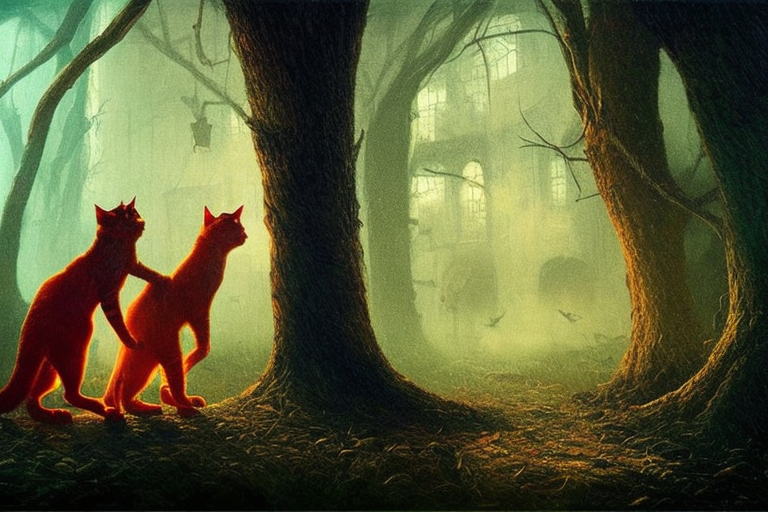At the moment when neural networks appeared processing photos in a certain style, I played with them and sat down to wait for something more. And now this more has appeared. Graphical neural networks that create a unique drawing on request.
They will soon replace designers and illustrators. The only development option now, if you draw for money, is to become an AI operator and create images using it and adapt it to the task using other tools. It will turn out faster and faster. But first you need to understand what graphical neural networks are in general.
Graphical neural networks are neural networks capable of processing images and videos. They consist of several layers, each of which performs a specific image processing function.
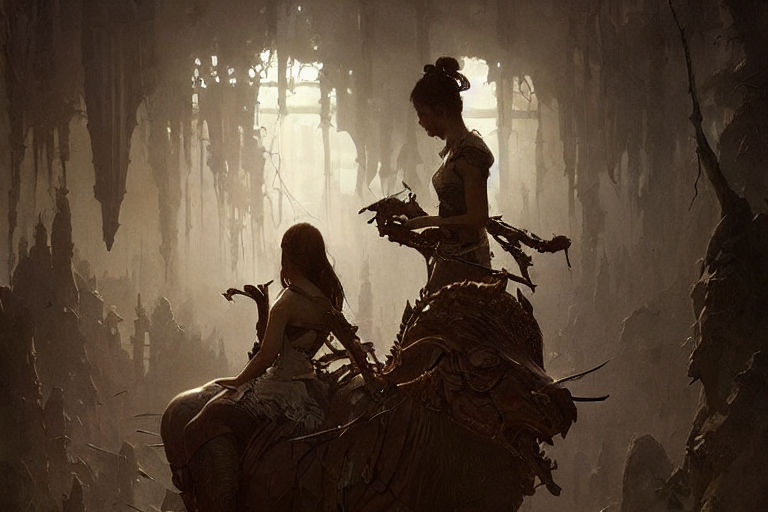
The algorithm of the graphical neural network consists of the following steps:
1. Data preparation
Creating a database with images to be processed. To do this, you can use photos from the Internet or taken by yourself.
2. Neural network training
The task is to train a neural network to recognize certain objects in an image. To do this, teaching methods with a teacher are used, where an image is fed to the input, and at the output the neural network must predict the objects in this image.
3. Application of a neural network
At this stage, a trained neural network is used to perform a specific task. For example, searching for objects in an image or creating new images based on the specified parameters.
1. Data preparation
Creating a database with images to be processed. To do this, you can use photos from the Internet or taken by yourself.
2. Neural network training
The task is to train a neural network to recognize certain objects in an image. To do this, teaching methods with a teacher are used, where an image is fed to the input, and at the output the neural network must predict the objects in this image.
3. Application of a neural network
At this stage, a trained neural network is used to perform a specific task. For example, searching for objects in an image or creating new images based on the specified parameters.
Let's take a closer look at the stage of applying the neural network.
To ask a question to a graphical neural network and get the desired result, it is necessary to formulate it very clearly and concretely. To do this, you need to determine which task will be solved, what parameters will be required to solve it, how the graphical neural network will be used, etc.
An important point is how accurately and clearly the question is formulated. The more clearly and clearly explained what is needed from a graphical neural network, the higher the probability of obtaining the desired result.
To ask a question to a graphical neural network and get the desired result, it is necessary to formulate it very clearly and concretely. To do this, you need to determine which task will be solved, what parameters will be required to solve it, how the graphical neural network will be used, etc.
An important point is how accurately and clearly the question is formulated. The more clearly and clearly explained what is needed from a graphical neural network, the higher the probability of obtaining the desired result.
Algorithm for working with graphical neural networks
1. Upload a ready-made neural network to your program or application.
2. Prepare the data for logging into the neural network so that it can understand what you want to draw. This can be in the form of an image, a text description, or other input data that your neural network supports.
3. Transmit this data to the neural network using its API or interface so that it can process them and output the result.
4. Get the result from the neural network, which should represent an image corresponding to your request, or another form of the result that you requested.
5. Process the result in your program or application and display it or perform other actions depending on your use case.
To use a ready-made neural network to draw unique and complex content, you may need a sufficiently deep understanding of neural networks and their APIs, as well as the ability to work with input data and process the results. But first you need to learn how to draw something simple.
1. Upload a ready-made neural network to your program or application.
2. Prepare the data for logging into the neural network so that it can understand what you want to draw. This can be in the form of an image, a text description, or other input data that your neural network supports.
3. Transmit this data to the neural network using its API or interface so that it can process them and output the result.
4. Get the result from the neural network, which should represent an image corresponding to your request, or another form of the result that you requested.
5. Process the result in your program or application and display it or perform other actions depending on your use case.
To use a ready-made neural network to draw unique and complex content, you may need a sufficiently deep understanding of neural networks and their APIs, as well as the ability to work with input data and process the results. But first you need to learn how to draw something simple.
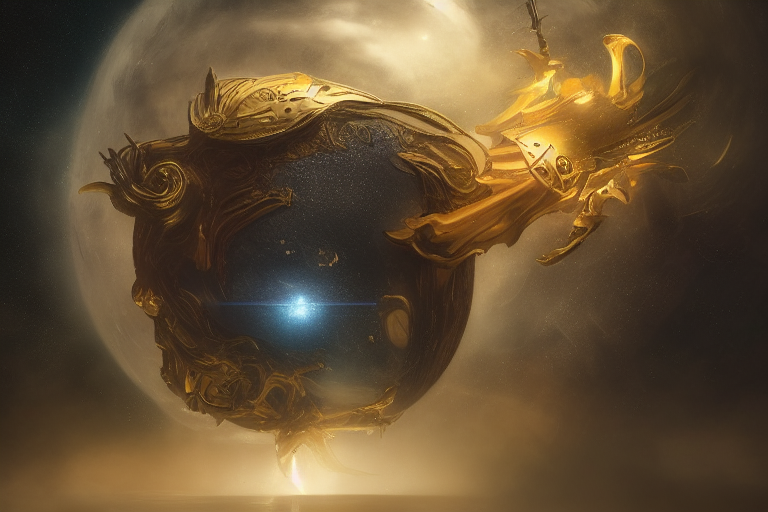
Preparing the correct text query for AI. On the example of cats
Translate your request into English. To do this, you can use online translators.
1. Imagine in your head what you want to get from AI.
2. Determine the main topic of your request.
For example, we will draw cats. If you just score cats in a neural network, then you get something like this.
1. Imagine in your head what you want to get from AI.
2. Determine the main topic of your request.
For example, we will draw cats. If you just score cats in a neural network, then you get something like this.
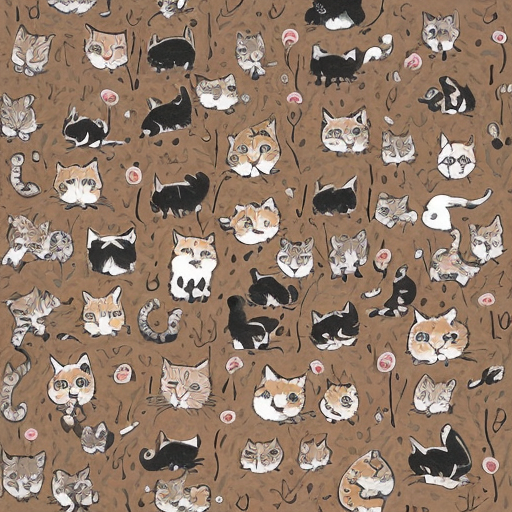
3. Determine the image parameters you want to get. This can be the size of the image, the number of objects in the image, etc.
For example, I want a horizontal picture with two cats in the forest.
For example, I want a horizontal picture with two cats in the forest.
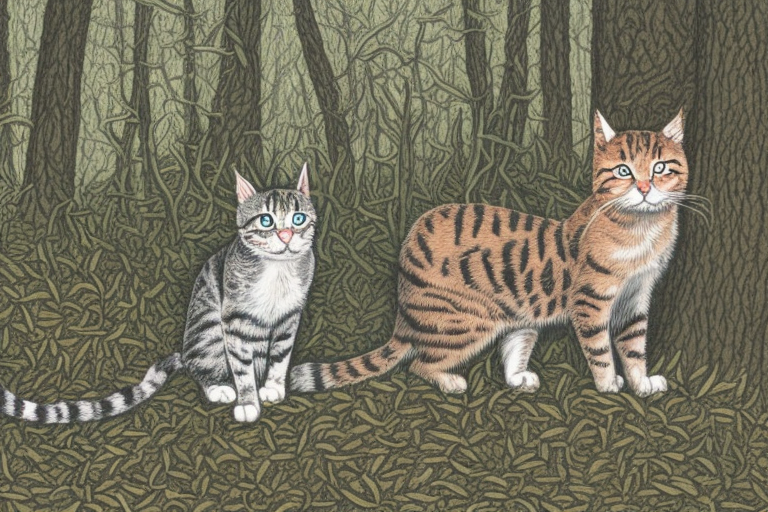
4. Make a detailed description of your request using keywords related to the subject and image parameters.
For example: "I want to get an image of two red cats in the forest." Look what happened.
For example: "I want to get an image of two red cats in the forest." Look what happened.
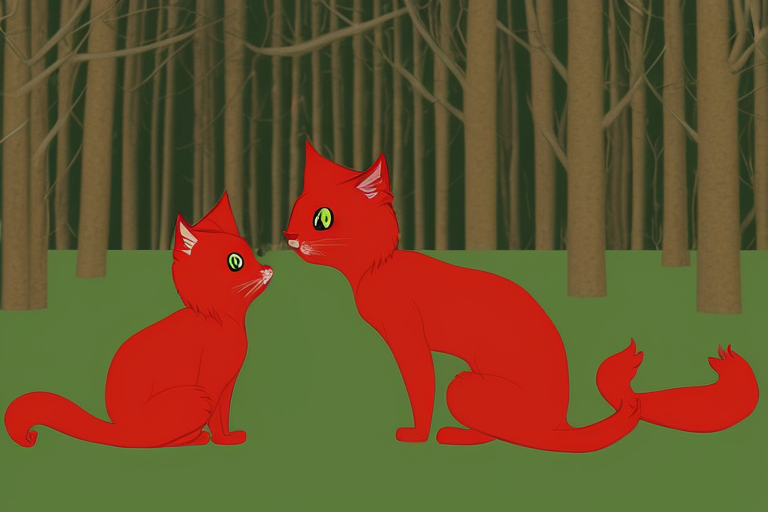
5. Add details. Describe the background around, the style of drawing, the color scheme. The earlier you wrote a request, the more priority the neural network will give it.
For example: "I want to get an image of two red cats in a dark deciduous forest. Tree trunks, leaves and undergrowth on the background."
Life Hack: Imagine explaining to a blind person what you want to see. And formulate the request based on this
For example: "I want to get an image of two red cats in a dark deciduous forest. Tree trunks, leaves and undergrowth on the background."
Life Hack: Imagine explaining to a blind person what you want to see. And formulate the request based on this
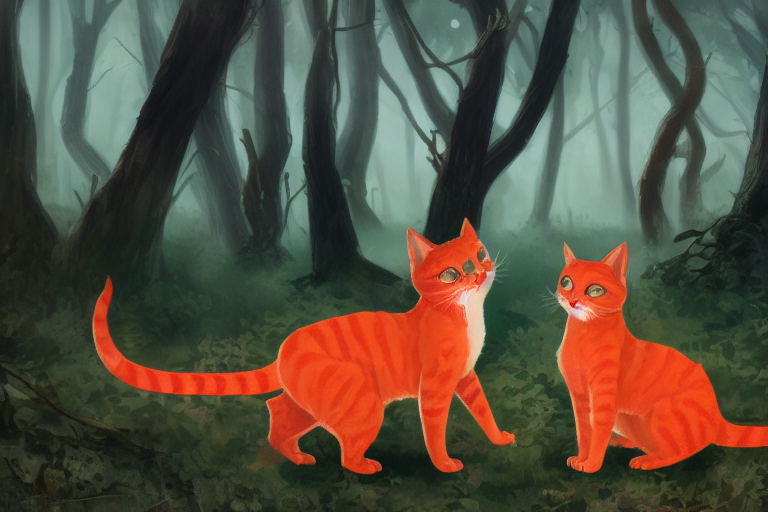
6. Use the received text query as input data for a neural network or an image generation program. I use the playground and I like everything. But it doesn't work well with animals yet. More with people and objects.
7. If the neural network does not understand, clarify the request until you understand that everything is as it should be
For example: "I want to get an image of two red cats in a dark deciduous forest. Cats in the center. Tree trunks, leaves and undergrowth on the background."
7. If the neural network does not understand, clarify the request until you understand that everything is as it should be
For example: "I want to get an image of two red cats in a dark deciduous forest. Cats in the center. Tree trunks, leaves and undergrowth on the background."

8. Apply filters to get more variability. They can be prescribed manually, but at the initial stage it is easier to work with ready-made ones.
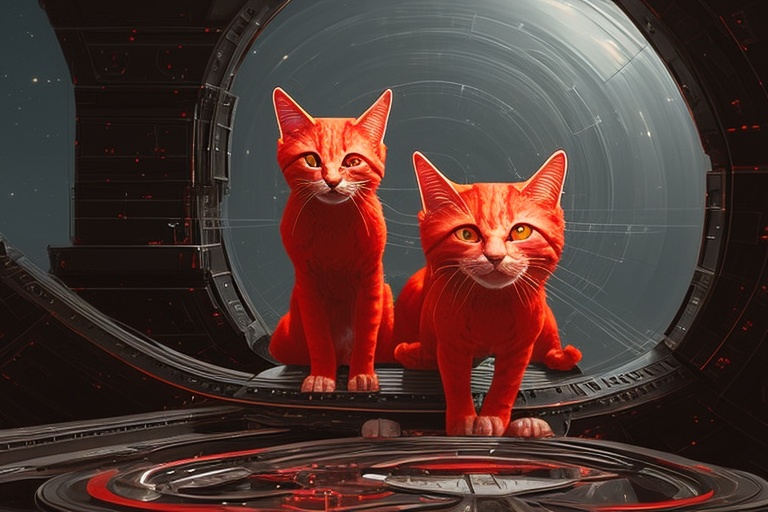
9. Sometimes the “Dead Valley” effect will appear, but here you need to decide for yourself whether this suits you. For some variants of illustrations, this may be ideal.

10. Wait for the results of the neural network or image generation program and choose the image that best meets your requirements.
11. If you have received an image that best fits what you wanted, but not enough in quality, you should start working with this image further.
11. If you have received an image that best fits what you wanted, but not enough in quality, you should start working with this image further.
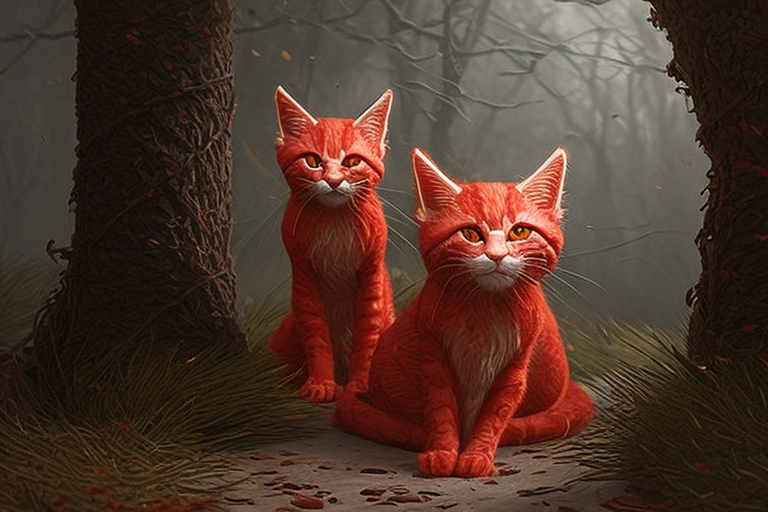
12. It may take several iterations to get what was in your head, but the result is worth it.
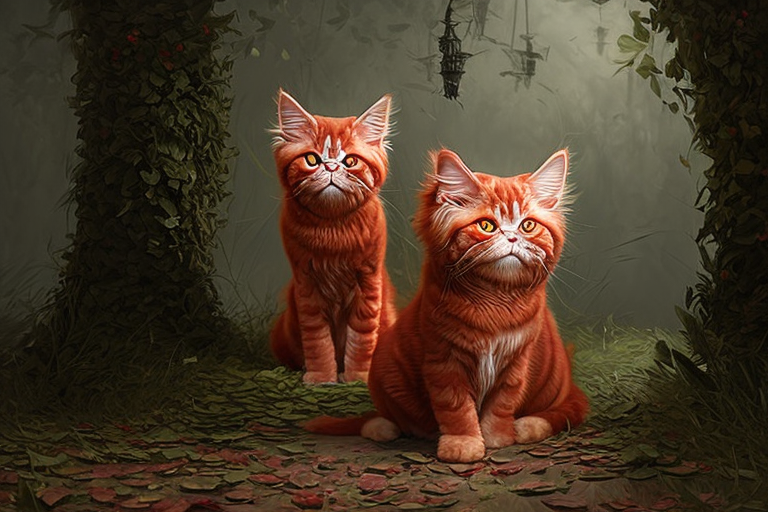
13. In Playground AI, to get more impressive results, you need to sign up for a paid subscription. But you can't use a Russian card. It's good that the free version is enough for blog illustrations.
May the Cats come with you.
May the Cats come with you.

